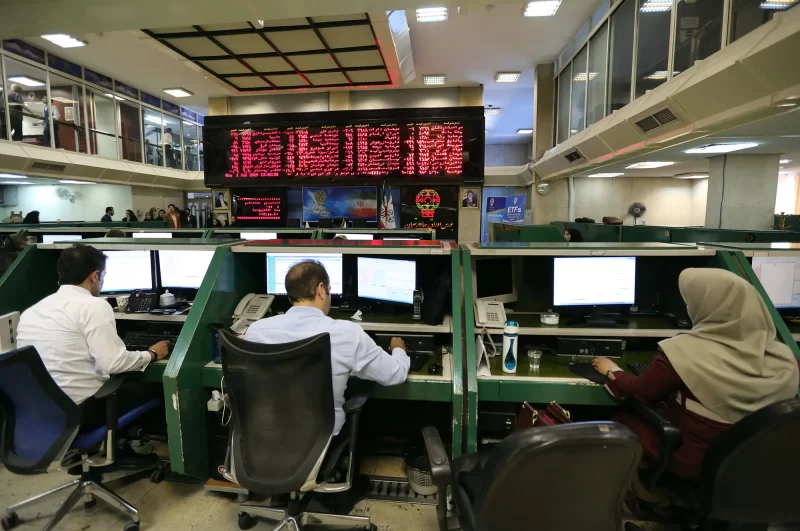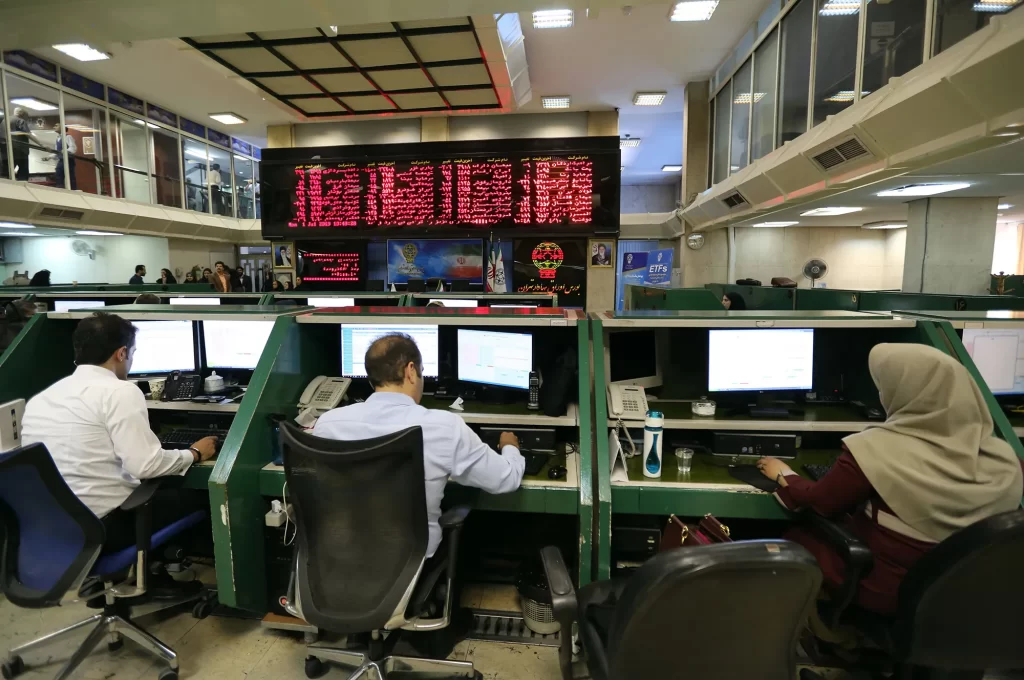If you are an investor in either the corporate finance sector or the options trading sector, you have most likely come across the term credit spread. In this article, we have taken our time to define and explain the concept of credit spreads.
There are two types of credit spreads. Credit spread as used in government bonds and credit spreads as an options strategy.
Also Read: How To Use Volume Price Analysis
Contents
Credit Spreads (Bonds)
Credit spread is the difference between the rate of return of two bonds with a similar maturity period but different credit ratings. The rate of return is simply the expected payout of the bond while the credit rating refers to the assessment of the borrower’s ability to fulfill their financial obligation.
It is also referred to as a yield spread, as it shows the difference in yields between two bonds. In the USA, these bonds are usually treasury bonds and corporate bonds. Treasury bonds are said to have a low default probability as opposed to corporate bonds. This is because the government guarantees them.
On the other hand, corporate bond offers are considered high-risk as they are guaranteed by independent corporations to facilitate corporate debt.
To illustrate this, say a 10-year government bond is trading for 5.5%. At the same time, a 10-year corporate bond is trading for 8.5%. Note that the above two bonds have the same maturity but a different credit quality. If an investor was to invest in both his credit spread would be 3%. I.e., the 8.5% take away the 5.5%.
From the above equation, we can derive what is known as the credit spread formulae.
Credit Spread Formulae
Credit Spread = Corporate Bond Yield – Treasury Bond Yield
Credit spreads for bonds are at times calculated in basis points and not in percentages. One basis point is equal to 0.01%. Therefore, 1% is equal to 100 basis points.
Why Understanding How Credit Spreads (Bonds) is Important
People who intend to trade or invest in benchmark bonds, treasury bonds/bills, and corporate bonds must understand the concept of credit spreads.
Investors can compare the current credit spread that a specific bond is trading at with a market expectation of what the credit spread should be. This will help an investor understand whether a security is overvalued or undervalued. They therefore will be able to make an informed decision on whether to buy or sell the specific bond.
Credit spreads can also be used to evaluate the amount of yield required to facilitate a bond. However, this can only be done in instances where other factors such as inflation, real return among other economic conditions are known.
Also Read: Fixed Exchange Rate
Credit Spread Options Strategy
In the context of options trading, a credit spread (vertical spread) involves a simultaneous purchase and sale of two different options in the same type and with a similar expiry but at different strike prices. It is also referred to as a net credit spread.

Essentially, it is an options trading strategy whereby the trader receives a greater premium than they paid for, hence the name net credit. The credit spreads strategy helps traders mitigate their risk while allowing them to make a maximum profit from a put or call trade.
As a trader, this strategy will help you calculate the exact amount of money you are risking while opening a new position.
There are two types of credit spreads in options trading:
- Credit call spread
- Credit put spread
Credit Call Spread
A credit call spread is bullish. It involves the sale of an uncovered put option because you expect the underlying security to increase in value.
This type of spread requires purchasing a premium for a lower strike price while at the same time selling a premium for a higher strike price. This way, as a trader you make profits when the uncovered put option is sold. You then wait for the option to expire.
This strategy is a bit risky because you could lose money before the option expires. However, it has proven to be profitable because the premium you receive from the sold option is greater than the premium paid for the purchased option.
While using this strategy, you get profit from the expiry of the purchased option and the increase in stock prices.
Credit Put Spread
A credit put spread is also known as a bear call spread. It involves the sale of an uncovered call option because you expect the underlying security to decrease in value.
This type of spread requires purchasing a premium at a higher strike price while at the same time selling a premium for a lower strike price. This way, you profit from the sale of the uncovered option as you wait for the option to expire.
It is similar to a credit call option in that; the premium received from the sold option is greater than the premium paid for the purchased option.
However, if the option doesn't expire, and the position opens, you will still make a profit but not as much as you would have made had the option expired.
The net premium received for a credit put spread is a profit whether the options expire or are sold at their current price.
FAQs
What is a debit spread?
A debit spread is an options trading strategy where the trader purchases a high premium while selling a lower premium in the same class and with the same underlying security. This results in a debit to the trader’s account.
Are credit spreads profitable?
Yes, they are. The goal of credit spreads is to allow for maximum profit in a long or short position. If you sell a $100 call spread for net credits of $2 the position is most profitable at $2 and the maximum loss from the spread is $3 for each spread.
What does it mean when an option expires?
An option is just a contract that gives the holder a right to purchase an underlying security at a certain price When an option reaches its expiration date, it means that the time of the set contract has ended and therefore the holder can no longer purchase the underlying asset.
Are government bonds risk free?
Not really. They are mostly low-risk investments. There is always the chance that a government may fall or undergo a financial crisis. This would render them unable to meet their financial obligation.
















